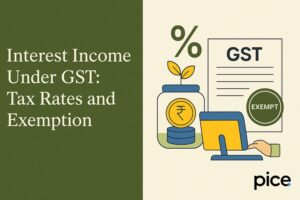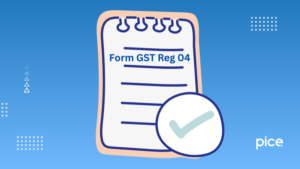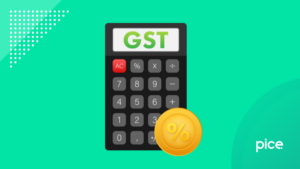How to Switch from Composite Scheme Holder to Normal Tax payer?
- 19 Aug 25
- 7 mins

How to Switch from Composite Scheme Holder to Normal Tax payer?
Key Takeaways
- Businesses must file Form GST CMP-04 within 7 days of opting out or becoming ineligible for the composition scheme.
- All pending returns under the composition scheme (CMP-08 and GSTR-4A) must be filed before transitioning.
- Form GST ITC-01 must be filed within 30 days to claim ITC on stock, semi-finished goods, finished goods, and capital goods.
- ITC on capital goods reduces by 5% per quarter from the invoice date until the transition date.
- Accurate records and timely compliance ensure a smooth transition and safeguard input tax credit benefits.
Under the Goods and Services Tax, small businesses in India have the opportunity to join the composition scheme which helps them comply more easily and charges them lesser taxes. When the operations of a business or the number of employees grows, it is usually necessary for them to switch from a composite scheme holder to a regular taxpayer.
The article provides a step-by-step guide to fulfilling the regulations needed for a business to choose this scheme and lists the ways to claim Input Tax Credit (ITC) on both inventory and capital assets after GST registration.
Legal Provisions to Shift from GST Composition Scheme to Normal Taxpayer
Product and service providers with an annual turnover threshold limit of less than ₹1.5 crores can use the special GST composition scheme. They can handle taxes at a fixed rate each year and their compliance work is kept simple. However, if a taxpayer's aggregate turnover goes beyond this limit or if they choose to opt for the normal scheme voluntarily, they will need to transition to the normal taxpayer current regime.
The legal basis for this change is outlined in Section 18(1)(d) of the Central Goods and Services Tax (CGST) Act, 2017. Those who shift from the composition scheme to the regular one are allowed to claim ITC on their taxable supply of inputs, semi-finished goods, finished goods and capital goods up till their switch to the regular scheme.
Procedure to Claim ITC Composition Scheme to Normal Taxpayer
For a composition dealer who wants to exit the composition levy scheme, there are a number of steps that must be followed correctly and according to GST regulations.
- Intimation for Withdrawal
The first rule is that within seven days, the taxpayer must file Form GST CMP-04 on the GST portal either after disqualifying being eligible for the composition scheme or choosing to withdraw voluntarily. It alerts the GST authorities that you are moving to the regular system.
- Filing of Returns
Registered taxpayers need to file returns in the composition scheme before they restart under the new scheme. Both the Form GSTR-4A return, the CMP-08 statements for each quarter and the maintenance of records should be tracked regularly until the time of transition. Staying on top of this is key to maintaining compliance and steering clear of any penalties.
- Declaration for ITC
Once the taxpayer has opted out, they need to file Form GST ITC-01 within 30 days to claim ITC. This declaration allows them to claim input tax credit on any eligible stock and capital goods they have as of the transition date.
- Verification and Approval
The tax authorities may take a look at the details and documents submitted. Once everything is approved, the taxpayer can start claiming ITC and filing regular GST returns just like any other taxpayer.
Procedure to claim ITC on Capital Goods Composition Scheme to Normal Taxpayer
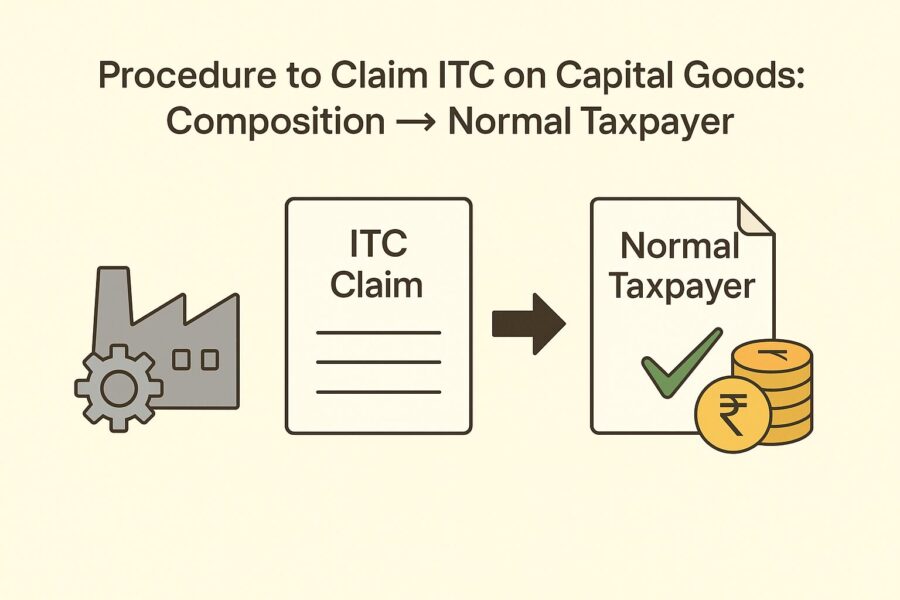
Navigating the process of claiming credit of input tax on capital goods during the transition can be a bit tricky, so it is important to pay close attention to the GST rules:
- Eligibility
You can claim credit of taxes on capital goods that you have in stock right before the transition date, as long as the tax invoices are no older than one year.
- Calculation of ITC
The ITC available for capital goods decreases by 5% for each quarter (or any part of it) from the invoice date up until the transition date. Only the remaining amount can be claimed as credit after payment.
- Declaration in ITC-01
Composition scheme tax payers need to provide accurate details about their capital goods, including invoice numbers, dates, and the tax paid, in Form ITC-01. If they do not file this form within 30 days, they will lose your entitlement to the ITC.
- Supporting Documentation
You must ensure to keep all relevant purchase invoices and records handy to back up your ITC claim in case of any future GST audits or verifications.
Conclusion
The process of switching from a composite scheme holder to a regular taxpayer under Indian GST law is a well-defined method that follows specific legal guidelines.
For small taxpayers, it is essential to file Form GST CMP-04 on time, accurately submit returns, and correctly declare the information in Form ITC-01 to maintain direct tax compliance and make the most of your input tax credit benefits. Businesses should also pay close attention to the rules regarding ITC claims on capital goods, as any missing documents or missed deadlines could result in losing out on credit.
By sticking to the outlined procedures and keeping thorough records, businesses can smoothly transition from the tax under the composition scheme to the regular taxpayer system, setting themselves up for growth and broader operations within the GST framework.
💡If you want to streamline your payment and make GST payments via credit card, consider using the PICE App. Explore the PICE App today and take your business to new heights.
 By
By 





